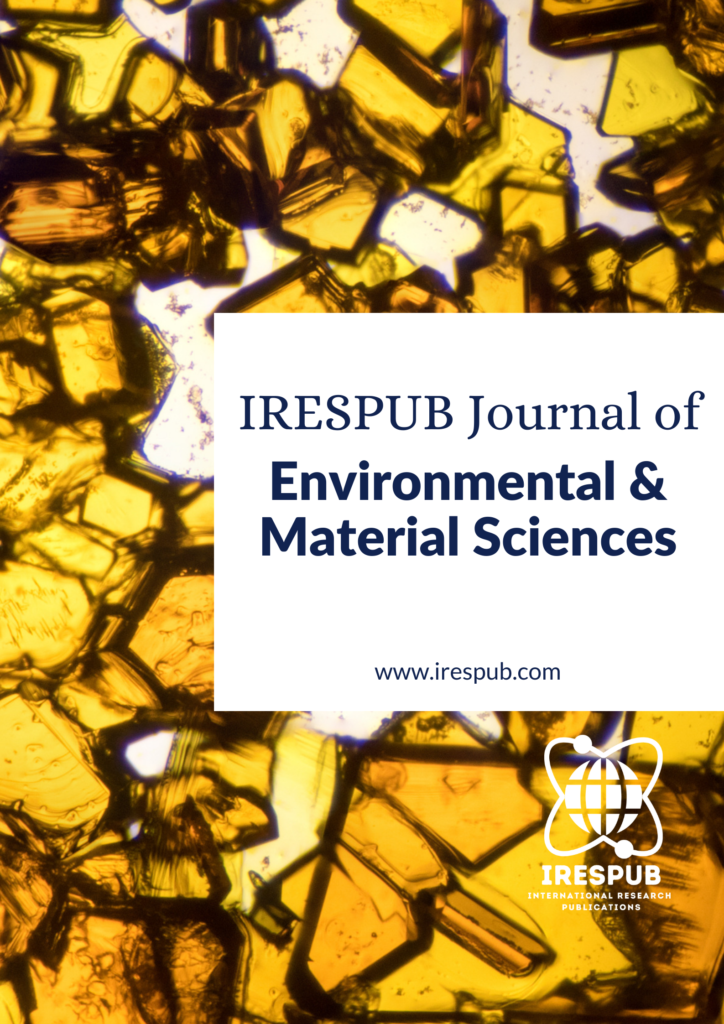
Year Launched: 2021
Journal Menu
- Scope & Research Areas
- Instructions for Authors
- Article Processing Charge
Journal List
- Natural & Applied Sciences
- Life Sciences
- Business Management
- Education & Literature
- Humanities & Cultural Studies
- Medical & Dental Sciences
- Engineering & Computer Sciences
- Agriculture, Food & Nutrition
- Environmental & Material Sciences
- Wellness & Lifestyle Management
- Arts & Ideas
- Law, Policy & Religion
Assessment of Drinking Water Quality Using Water Quality Index (WQI) for Lake Gwakra, Gerie Local government, Adamawa State, Nigeria
Volume 2, Issue 5, May-Jun 2023 | Page 1-6 | PDF (526 KB) | Pub. Date: May 14, 2023
Author(s)
Yohanna Peter; Department of Geography Adamawa State University, Mubi. Adamawa State, Nigeria
Abstract
The Lake Gwakra water quality for human consumption was assessed using the Weighted Arithmetic Water Quality Index Method in the dry season. Water samples from the lake were taken and the physicochemical parameters were tested according to standards. The pH, electrical conductivity, total hardness, total alkalinity, total dissolved solids, , sodium, magnesium, calcium, chlorides, sulfates, nitrates, dissolved oxygen, and biochemical oxygen demand are among the parameters used to determine the water’s level of quality. The drinking water quality standard by World Health Organization (WHO) was used for this research. The findings showed that all of the parameter values were within the ranges permitted by the standard agencies used. However, the total Water Quality Index (210.25) showed that the water quality status of the lake is absolutely unfit for drinking.
Keywords
water quality index; physicochemical parameter; lake; water
Cite this paper
Peter, Y. (2023), Assessment of Drinking water Quality Using Water Quality Index (WQI) for Lake Wakra, Gerie Local government, Adamawa State, Nigeria, IRESPUB Journal of Environmental & Material Sciences. Volume 2, Issue 5, May-Jun 2023, Page 1-6
References
[1] Adimasu W. W. (2015). Physicochemical and Biological Water Quality Assessment of Lake Hawassa for Multiple Designated Water Uses. Journal of Urban and Environmental Engineering, v.9, n.2, p.146-157
[2] Bariweni, P.A. (2013): Soil contamination from Cassava Waste Water Discharges in a Rural Community in the Niger Delta, Nigeria; African Journals 17(1), ISSN:1119-8362
[3] Bariweni, P.A. (2017): Land use/land cover changes and causes of Deforestation in the Wilberforce Island, Bayelsa State, Nigeria, African Journals 21(6), ISSN:1119-8362.
[4] Chaterjee, C. & Razuddin, M. (2002). Determination of Water Quality Index of a degraded river in Asanil Industrial area, Ranigunj, Buedwan, West Bengal. Nature, Environment and Pollution Technology 1(2), 181-189.
[5] Chowdhury, R.M., Muntasir, S.Y., Hossain, M.M. (2012). Study on ground water quality and its suitability or drinking purpose in Alathur block-Perambalur district. Archiv. Sci. Res.;4(3):1332-1338.
[6] Davie T. (2008). Fundamentals of hydrology. 2nd Edition. New York; Routledge.131-135.
[7] Hurley, T., Sadiq, R., & Mazumder, A. (2012). Adaptation and evaluation of the Canadian Council of ministers of the Environment Water Quality Index (CCME WQI) for use as an effective tool to characterize drinking source water quality. Water Research, 46(11), 3544–3552.
[8] Khwakaram, A.I., Salih, M.N., Hama, N.Y. (2012). Determination of water quality index for Qalyasan stream in Sulaimani City/Kurdistan Region of Iraq. International Journal of Plant, Animal and Environmental Sciences.;2(4). ISSN 2231-4490.
[9] Mbaka, P. K., Mwangi, J. K., & Kiptum, C. K. (2017). Assessment of water quality in selected shallow wells of Keiyo Highlands, Kenya. African Journal of Science, Technology, Innovation and Development, 9(3), 329-338.
[10] Mishra, P. C. & Patel, R. K. (2001). Quality of drinking water in Rourkela, outside the steel township. Journal of Environment and Pollution, 8(2); 165-169.
[11] Noori, R., Berndtsson, R., Hosseinzadeh, M., Adamowski, J. F., & Abyaneh, M. R. (2019). A critical review on the application of the National Sanitation Foundation water quality index. Environmental Pollution, 244, 575–587.
[12] Ohwo, O. and Abotutu, A. (2014): Access to Potable Water supply in Nigerian Cities. Evidence from Yenagoa Metropolis. American Journal of Water Resources, 2(2).
[13] Oribhabor, B. J. (2015): Impact of human activities on biodiversity in the Nigerian aquatic ecosystems, Intern, 4: 12-20.
[14] Rao, C.S., Rao, B.S., Hariharan, A.V.L., Bharathi, N.M. (2010) Determination of water quality index of some areas in Guntur district, Andhra Pradesh. J. Appl. Bio. Pharm. Tech.;1(1):79-86.
[15] Tyagi, S., Sharma, B., Singh, P., Dobhal, R. (2013). Water quality assessment in terms of water quality index. American Journal of Water Resources.;1(3):34-38.
[16] Vadde, K. K., Jianjun, W., Long, C., Tianma, Y., Alan, J., Raju,S (2018). Assessment of water quality and identification of pollution rick locations in Tiaoxi river (Taihu watershed), China. Water 183
[17] World Health Organization (2004): Rolling revision of the WHO guidelines for drinking-water quality, Draft for review and comments. Nitrates and Nitrites in drinking water, World Health Organization.417-420.
[18] Yonnana, E., Kaigamma, I., Jacob, J.V. (2015). Assessment of water quality for human consumption from selected lakes in the upper Benue Valley of Adamawa State, Northeastern Nigeria. Continental J. Environmental Sciences.;9(2):12–21

